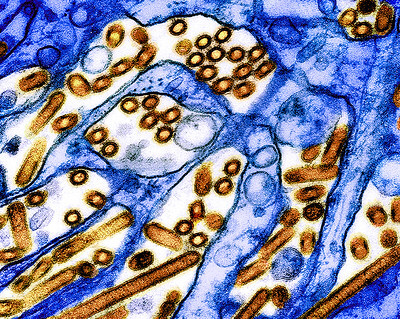Subscribe to:
Post Comments (Atom)
Welcome to Bernie Schaeffer's Award-Winning Option Advisor
Congratulations! By signing up for Option Advisor, you just took the first step towards becoming a successful trader and pot...
-
insidecroydon posted: " Become a Patron! What's on inside Croydon: Click here for the latest events listing...




No comments:
Post a Comment